One look at scorpion pose can be enough to cause a little panic for even the calmest yogi. The thoughts begin to race through your mind:
“Can I do it?”
“Will I fall out of it?”
Don’t worry, you’re not alone in thinking these thoughts about this fearsome-looking yoga pose!
Scorpion pose, also known as vrschikasana in Sanskrit, is an ambitious yoga posture that combines the strength of arm and hand balancing with the grace of spinal flexibility.
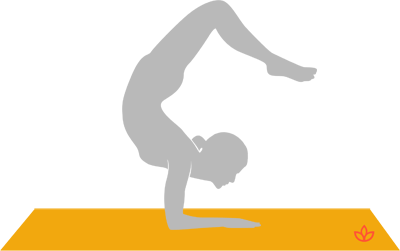
It is an advanced and challenging asana that requires a fair amount of warmup before practicing. Despite being a challenging posture, it is popular in Hatha, Vinyasa, and Ashtanga styles of practice.
Precursors to practicing scorpion pose include a fair amount of core and strength as well as back flexibility. Being comfortable with basic inversions and arm balances, such as crow pose or headstand is beneficial.
It is also normal to work through fears both mental and physical as a part of the journey to achieving scorpion pose. The fear of falling is the most common. However, there are safe and effective ways to fall in addition to building up your strength to ensure that you don’t fall too!
Read: Think Headstand Is Scary? 3 Tricks to Help Conquer Your Fears
When you look at scorpion pose, it actually looks like the insect with the stinger poised in the air ready to attack its victim. The posture is performed in either forearm stand or handstand with the spine in a backbend position as the feet curl backward to touch the back of the head.
Learning this posture will be a testament to your growth of strength, flexibility, and also technique.
Over time you can refine all of these to find the balance.
Some people will have flexibility and not the strength, and vice versa. Others will need to understand the alignment.
Read: Bend Without Breaking: 10 Yoga Poses to Increase Flexibility
There is something for everyone in the journey toward vrschikasana!
The Benefits of Scorpion Pose
Besides developing patience, perseverance, and mental stamina, scorpion pose will strengthen your shoulders, core, and back muscles.
Overall spinal flexibility is improved with continued practice as well as stretching of the hip flexors and chest.
Balance also sees a big improvement with this posture, and it stimulates a downward pull of your blood flow toward the head. Additionally, since the posture defies gravity as an inversion, it is beneficial for rejuvenating the organs and skin to maintain youthfulness.
Read: 10 Benefits of Inversions
How to Warm up for Scorpion Pose
Let’s run through a potential sequence to warm up the body for scorpion pose:
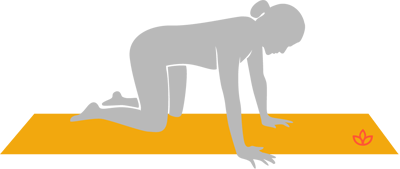
- Wake up the back with cat-cow movements to emphasize flexion and extension of the spine.
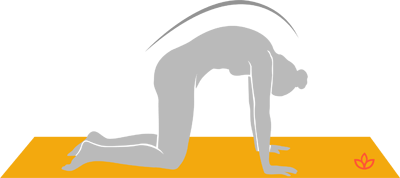
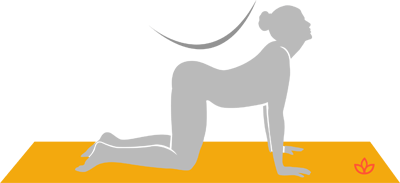
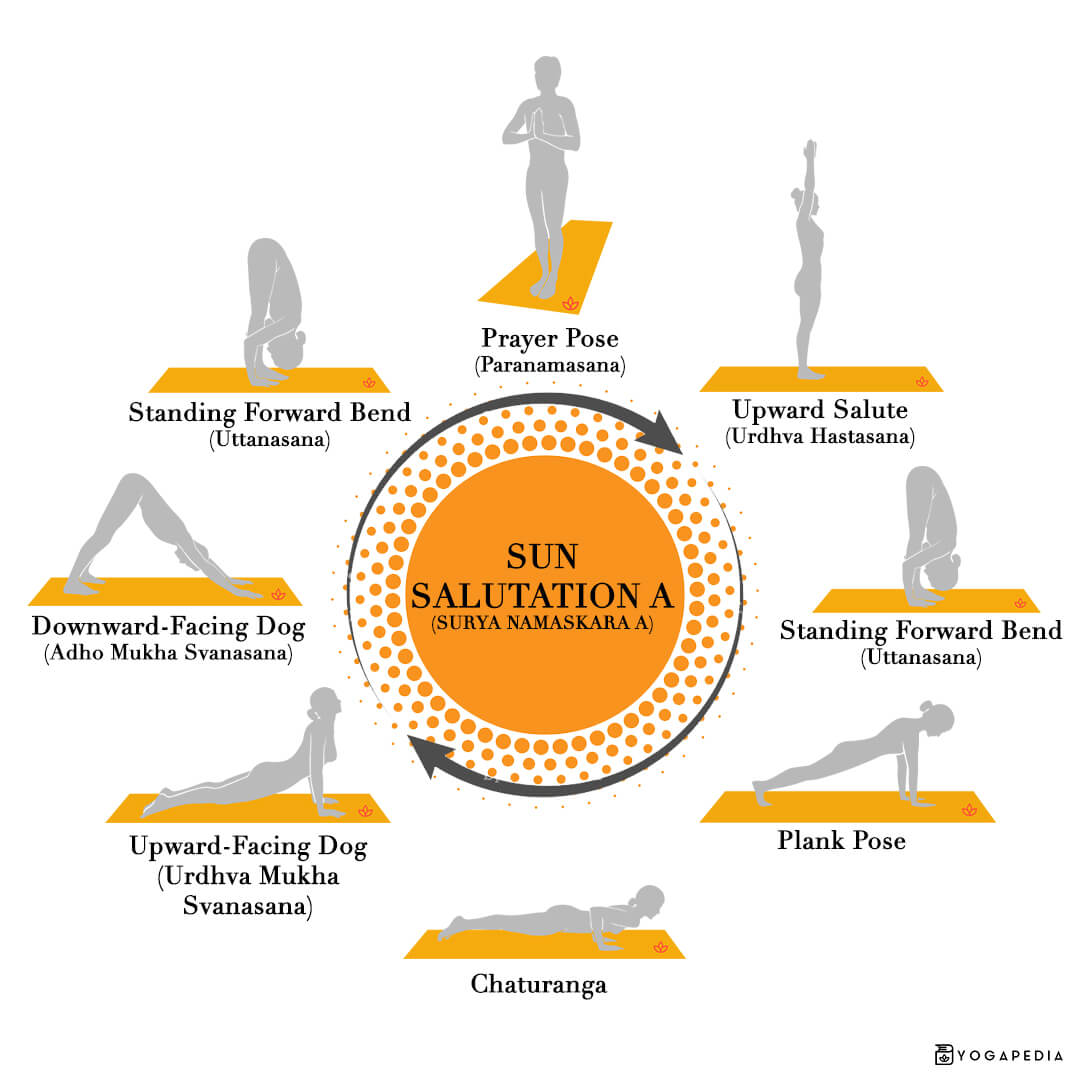
Read: Sun Salutation A Versus Sun Salutation B
- Practice a strengthening and heart-opening standing sequence with postures such as dolphin plank, humble warrior, and various lunges to stretch the hip flexors deeply. Add backbends into the lunges for an extra effect. Dancer's pose is also an excellent balancing pose.
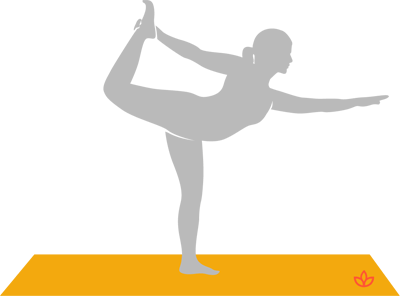

Building Up to Scorpion Pose
Downward-Facing Dog
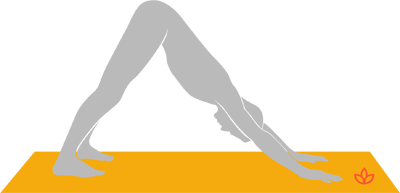
Everyone’s classic favorite, you can’t go wrong with a good old downward dog. Considering that this is an arm balance posture, a downward dog is one of the best ways to strengthen the shoulders, prepare the body for inversions, and also stretch the hamstrings. The hamstrings are often overlooked however they are important as you need to kick or press up into scorpion pose.
Read: Achieving Your Best Downward-Facing Dog
Dolphin Pose
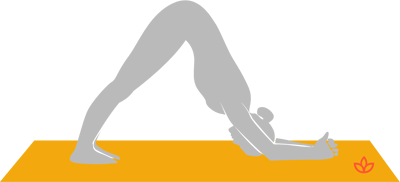
Holding a forearm plank, also known as dolphin pose, is a great way to train the arms and shoulder muscles to fire up to hold the body in the position needed for scorpion pose.
Hamstring Curls
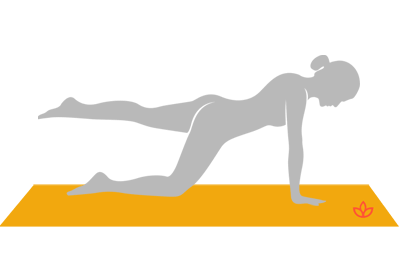
A good deal of hamstring strength is required to bring the feet closer to the head and eventually make contact with the head and hold them there. Practice hamstring curls in a tabletop position with one leg lifted at a time.
Forearm Stand or Handstand
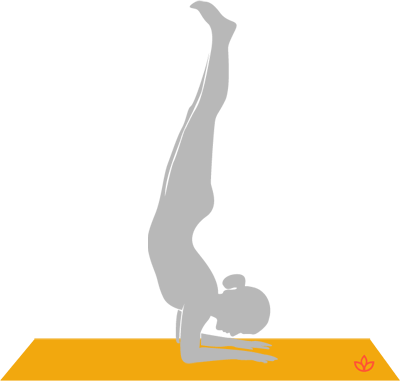
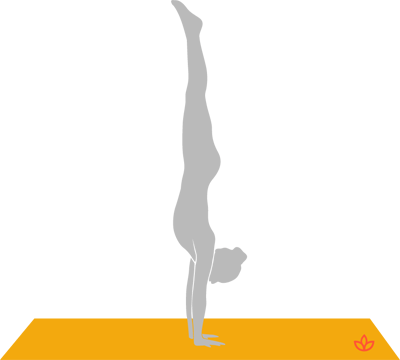
Efficiency in both of these postures is essential. Practice holding them both at the wall and in the center of the room!
Wheel Pose and Other Backbends
Scorpion pose is a deep backbend so refining your wheel pose is always a good draft. From there, you can also practice more advanced backbends, such as pigeon pose on the knees (kapotasana) and also chin stand. Little thunderbolt pose (laghu vajrasana) and one-legged king pigeon can also be helpful.
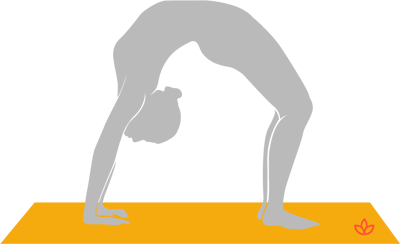
These postures stretch the spine and shoulders more deeply to increase the range of motion and bring the head and feet closer together without having to balance on the hands or worry about falling over.
Read: Chakrasana: How to Perfect Your Wheel Pose
This difficult pose is best done at the end of a practice and can take a long time to refine. However, it is a satisfying and beneficial posture not only for the physical body, but also the mind.
As always, finish with a cool down to relax the back and hips. Remember to take it slow and steady, always connected to the breath.
Celebrate the small gains in your strength, flexibility, and balance as you make progress without pushing yourself.
As with any yoga posture, no matter how easy or hard, the journey is always changing so enjoy the ride!
During These Times of Stress and Uncertainty Your Doshas May Be Unbalanced.
To help you bring attention to your doshas and to identify what your predominant dosha is, we created the following quiz.
Try not to stress over every question, but simply answer based off your intuition. After all, you know yourself better than anyone else.